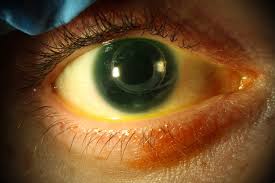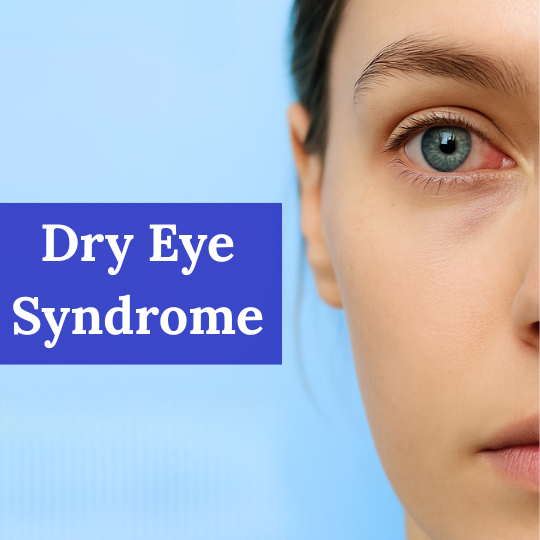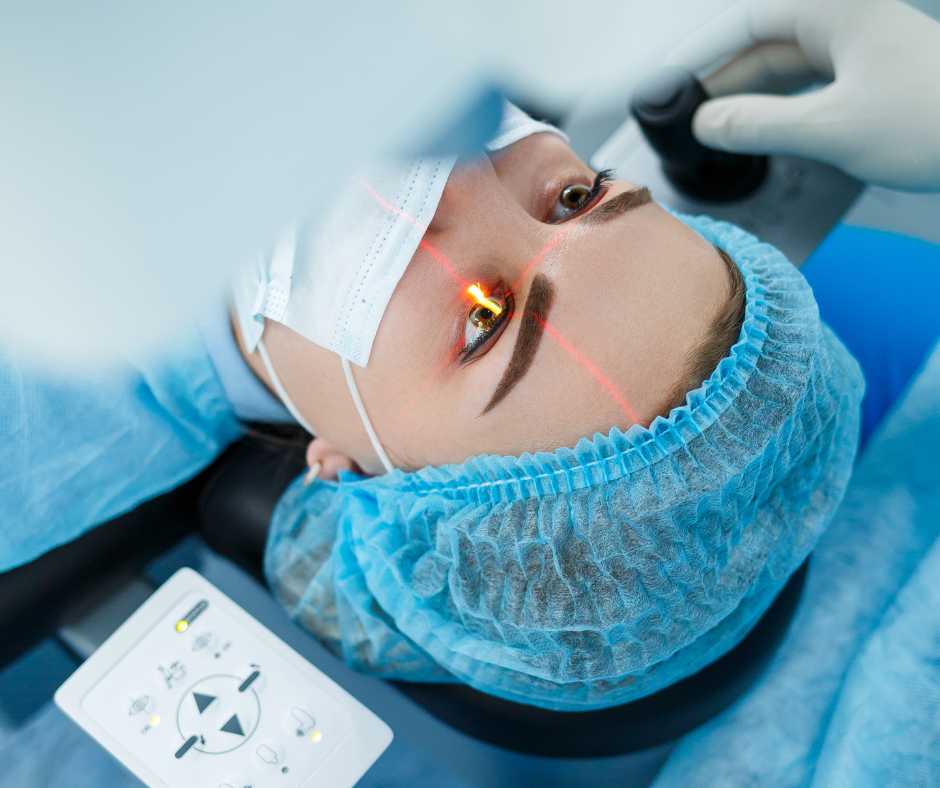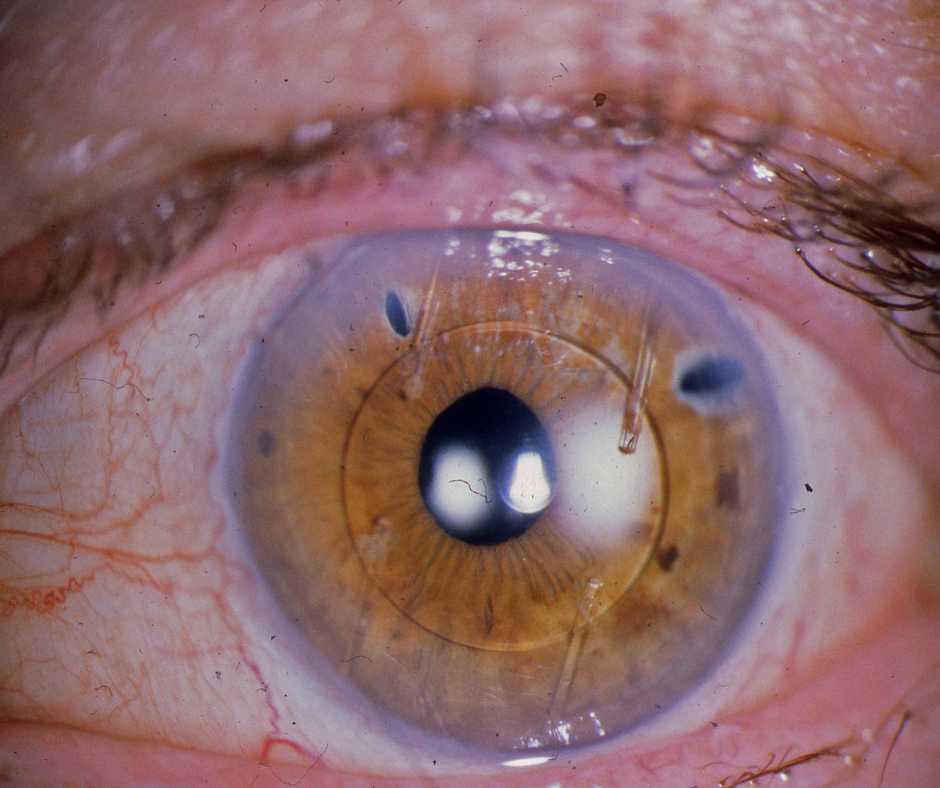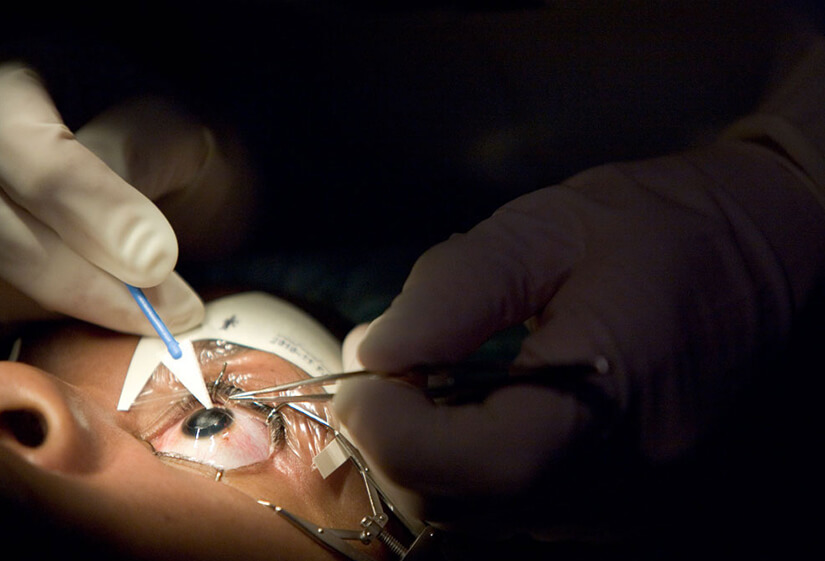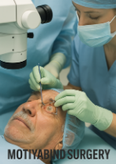Introduction
Aniridia is a rare genetic disorder affecting eye development, primarily the iris. Present from birth, it can lead to various vision problems and other associated health issues. This in-depth guide will explore the causes, symptoms, diagnosis, treatment, and the long-term impact of Aniridia, offering valuable insights for patients, parents, and healthcare professionals.
Understanding Aniridia is crucial for early diagnosis and effective management. Though no cure exists, medical advancements and supportive care can improve the quality of life for those affected.
What is Aniridia?
Aniridia is a congenital eye disorder where the iris, the colored part of the eye that controls light entering the pupil, is partially or completely absent. This condition affects vision and often causes additional ocular abnormalities, such as glaucoma, cataracts, and corneal problems.
Despite its name, Aniridia rarely means a total absence of the iris; instead, most individuals have some underdeveloped iris tissue. The condition can also impact the cornea, retina, optic nerve, and lens, leading to varying degrees of visual impairment.
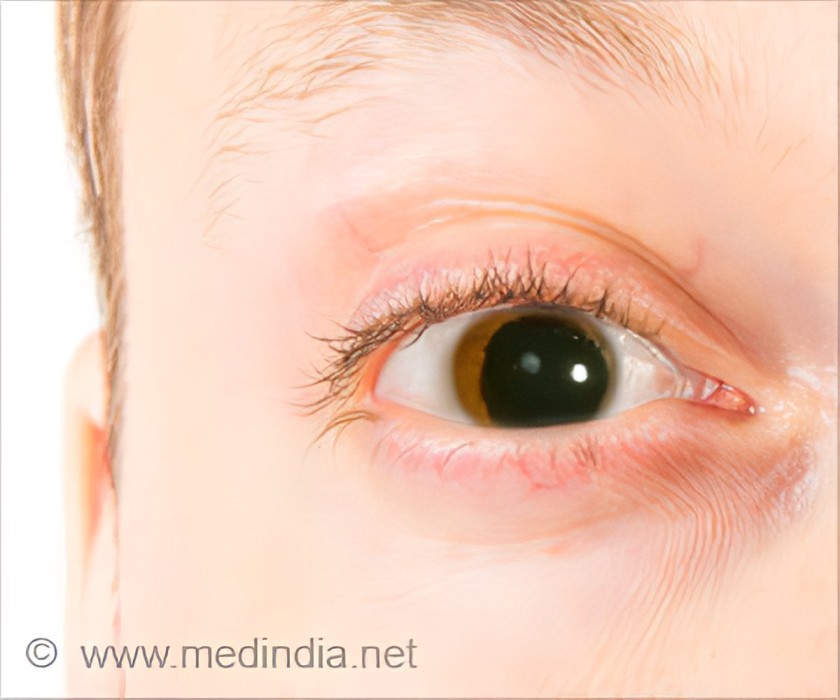
Aniridia vs. Colobomas
While Aniridia refers to an underdeveloped or missing iris, colobomas are defects in the eye’s structures, such as the iris, retina, or optic nerve. The main differences between Aniridia and colobomas include:
- Aniridia primarily affects the iris and often comes with other eye abnormalities.
- Colobomas can impact different parts of the eye and result from incomplete closure of the fetal optic fissure.
Both conditions may lead to vision impairment, but their causes, severity, and treatment approaches differ.
Who is Affected by Aniridia?
Aniridia can affect people of all ethnicities and genders. It is primarily an inherited condition, though sporadic cases occur due to spontaneous genetic mutations. The disorder is typically diagnosed in infancy or early childhood.
Risk Factors:
- Family history of Aniridia
- Genetic mutations (particularly in the PAX6 gene)
- Sporadic cases with no prior family history
How Common is Aniridia?
Aniridia is a rare condition, occurring in approximately 1 in 50,000 to 100,000 people worldwide. Its rarity limits public awareness and research efforts, making early diagnosis and intervention essential.
How Does Aniridia Affect Vision?
Since the iris regulates light entering the eye, its absence leads to photophobia (light sensitivity), reduced visual acuity, and an increased risk of additional eye conditions like glaucoma and cataracts.
Individuals with Aniridia may experience:
- Blurred vision or severe vision loss
- Sensitivity to bright light
- Difficulty focusing on objects
- Involuntary eye movements (nystagmus)
- Increased risk of secondary eye disorders
Symptoms and Causes
Symptoms vary among individuals but generally include:
- Partial or total absence of the iris
- Extreme sensitivity to light (photophobia)
- Reduced vision or legal blindness
- Involuntary eye movements (nystagmus)
- Cataracts, glaucoma, and corneal abnormalities
- Dry eye syndrome and corneal damage due to poor tear film distribution
What Causes Aniridia?
Aniridia results from mutations in the PAX6 gene, crucial for eye development. The mutation disrupts normal eye formation, leading to the characteristic features of Aniridia.
Familial Aniridia vs. Sporadic Aniridia
- Familial Aniridia: Inherited in an autosomal dominant pattern, meaning an affected parent has a 50% chance of passing the condition to their child.
- Sporadic Aniridia: Occurs due to a new mutation, with no prior family history. This form may indicate WAGR syndrome, a rare genetic disorder.
How is Aniridia Diagnosed?
A diagnosis is typically made through:
- Comprehensive eye exams to assess iris development
- Genetic testing to confirm PAX6 mutations
- Optical coherence tomography (OCT) or ultrasound imaging
- Glaucoma screening to check for elevated eye pressure
Aniridia and Wilms Tumors
Children with sporadic Aniridia are at higher risk for Wilms tumor, a rare kidney cancer linked to WAGR syndrome. Regular kidney screenings via ultrasound are recommended.
How is Aniridia Treated?
There is no cure, but treatment aims to manage symptoms and improve vision.
Treatment Options:
- Glasses or contact lenses for vision correction
- Tinted or photochromic lenses to reduce photophobia
- Artificial iris implants for cosmetic and functional benefits
- Medications and surgery to manage associated conditions like glaucoma and cataracts
Prevention
How Can I Prevent Aniridia?
Since Aniridia is genetic, prenatal genetic counseling can help families assess risks. While the condition itself isn’t preventable, early intervention and routine screenings can mitigate complications. Genetic testing before planning a pregnancy can provide insights into whether a parent carries the PAX6 gene mutation. If a family history of Aniridia exists, consulting with a geneticist can help parents make informed decisions about reproductive options, such as preimplantation genetic diagnosis (PGD) during in vitro fertilization (IVF).
Outlook / Prognosis
What Should I Expect If My Child Has Aniridia?
Early diagnosis and regular monitoring are crucial. Though vision impairment is common, assistive devices, special education, and low-vision aids can enhance quality of life. Since Aniridia often progresses with age, frequent medical check-ups help in early detection and management of complications such as glaucoma and cataracts. Parents should be proactive in securing vision therapy, occupational therapy, and educational resources tailored to their child’s needs.
Living With Aniridia
When Should I See My Healthcare Provider?
Regular check-ups with an ophthalmologist are essential to monitor vision changes and prevent complications. Additional specialist consultations, such as with pediatricians, geneticists, and low-vision therapists, may be necessary depending on associated conditions. If you experience sudden vision changes, eye pain, or light sensitivity, seek immediate medical attention to rule out complications like glaucoma.
What is the Chance of Having Another Child with Aniridia?
If one parent has Aniridia, there is a 50% chance of passing the condition to their child. However, in sporadic cases where there is no family history, the risk of recurrence is much lower. Genetic counseling can provide a clearer understanding of inheritance patterns and available reproductive options for families concerned about recurrence.
Is Aniridia Seen with Other Health Problems?
Yes, it can be associated with:
- Glaucoma: Increased intraocular pressure that can cause vision loss if untreated.
- Cataracts: Clouding of the eye’s lens, leading to blurry vision.
- Keratopathy: Corneal abnormalities that can result in dryness and irritation.
- WAGR Syndrome (Wilms tumor risk): A genetic disorder that includes Aniridia, Genitourinary anomalies, and mental Retardation, with a high risk of Wilms tumor, a kidney cancer common in childhood.
Regular screenings for these conditions help in early detection and timely intervention.
What Types of Glasses Should a Child with Aniridia Wear?
Children should wear photochromic or polarized lenses to reduce glare and protect against excessive light exposure. Anti-reflective coatings can also enhance visual clarity by reducing reflections and improving contrast. UV protection is essential to prevent additional eye strain and damage, as individuals with Aniridia often have increased light sensitivity.
What About Contact Lens Use in Aniridia?
Soft tinted contact lenses may improve light sensitivity and aesthetic appearance. These lenses can help control glare and provide some degree of cosmetic enhancement by mimicking a normal iris. However, a professional must fit contact lenses carefully to ensure comfort and prevent complications like dry eye syndrome or corneal damage. Rigid gas-permeable (RGP) lenses may also be an option for improving visual acuity in some cases.
How Often Are Eye Exams Needed for Aniridia?
Frequent eye exams (every 3-6 months in childhood) are recommended to monitor for complications. Adults with Aniridia should have annual comprehensive eye exams, with additional visits as needed based on emerging symptoms. Monitoring intraocular pressure is critical due to the high risk of glaucoma.
How Will the Diagnosis of Aniridia Affect Schooling?
Children may require special education services, large-print materials, and assistive technology to support learning. Inform teachers and school staff about the child’s visual limitations, and create an Individualized Education Program (IEP) or 504 Plan to ensure appropriate accommodations. Audiobooks, magnifiers, and screen readers can further support educational success. Encouraging participation in activities that focus on sensory development and motor skills can help build independence and confidence.
Conclusion
Aniridia is a lifelong condition requiring ongoing medical care. With early intervention, adaptive strategies, and medical support, individuals with Aniridia can lead fulfilling lives. Advances in gene therapy and regenerative medicine hold promise for future treatments that could improve visual outcomes. Families should stay informed about new developments and connect with support groups and organizations dedicated to Aniridia awareness and research. Through comprehensive care and lifestyle adjustments, people with Aniridia can overcome challenges and achieve personal and professional success.
Author Details:
Dr. Sushruth Appajigowda holds a prominent position as a Cornea, Cataract, Glaucoma, and LASIK Surgeon in Bangalore. He serves as the chief Cataract and Refractive surgeon at Vijaya Nethralaya Eye Hospital, Nagarbhavi Bangalore. Renowned as one of the finest LASIK surgeons nationwide, he brings with him over 12+ years of experience across multiple LASIK platforms, including ZEISS, ALCON, SCHWIND, AMO, and Bausch and Lomb. Having successfully conducted over 5000 LASIK procedures, Dr. Sushruth holds the title of a Certified Refractive Surgeon and a Fellow of the All India Collegium Of Ophthalmology. Furthermore, he stands as a distinguished speaker at various National and International Forums, using his expertise to guide you in selecting the most suitable procedure based on your health requirements.

http://vijayanethralaya.com/link-in-bio/
FAQs:
1. Can Aniridia be cured?
No, Aniridia cannot be cured, but symptoms can be managed with medical care, vision therapy, and assistive devices.
2. Is Aniridia always inherited?
Aniridia usually inherits in an autosomal dominant pattern, but some cases occur sporadically due to new mutations.
3. How does Aniridia affect daily life?
People with Aniridia may have difficulty with tasks requiring fine vision, such as reading and driving, and may need assistive tools like magnifiers and screen readers.
4. Are there surgical treatments for Aniridia?
Some complications, such as cataracts and glaucoma, may require surgery, but there is no surgical treatment for the lack of an iris itself.
5. Can people with Aniridia drive?
It depends on the severity of vision impairment. Some individuals with mild Aniridia may be able to drive with visual aids, while others may not meet legal vision requirements for driving.

